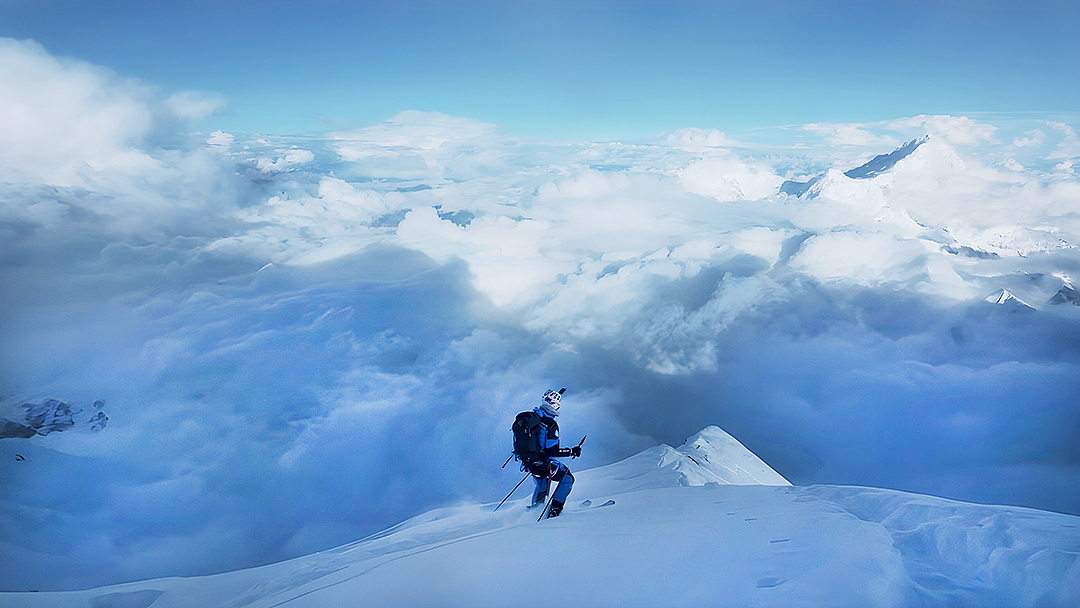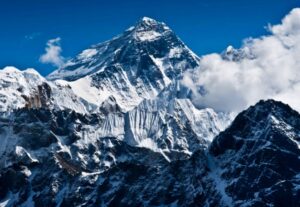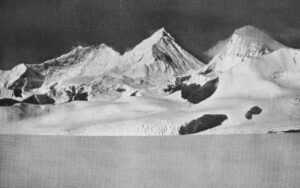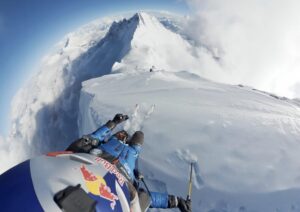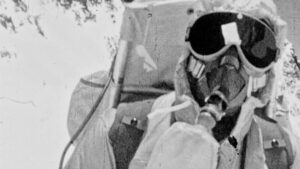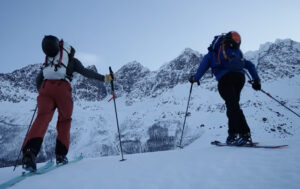Hans Kammerlander is not impressed with Andrzej Bargiel’s recent Everest ski descent. The South Tyrolean, himself a high-altitude ski pioneer, described the Pole’s recent descent as part of a show that is destroying alpinism, especially compared with his own performance on the same mountain back in 1996.
In the end, the topic raises the everlasting debate between style and results in high-altitude mountaineering, although perhaps taken a bit too personally.
Annoyed by ‘first’ claim
In an interview with the Austrian paper Der Standard, Kammerlander, 68, criticizes what he considers a “Red Bull show,” referring to the expedition sponsor. But what really annoys him is Bargiel’s claim of the first complete no-oxygen ski descent of the South Side of Everest, compared to Kammerlander’s own feat almost three decades ago.
“It’s simply not fair,” Kammerlander told Der Standard. “I had no Sherpas, carried everything myself, and the whole thing was over in less than 24 hours.”
Kammerlander noted he had just a liter of tea to hydrate during the descent and was only accompanied by a cameraman up to 7,000m.
Skis off on rocky spots
Unlike Bargiel, who stayed on the Nepal side of Everest, Kammerlander skied the Tibetan side via the normal route (the Northeast Ridge). However, Kammerlander started skiing at some 7,800m, well below the summit, and had to step off his skis in some lower sections due to a lack of snow.
However, Kammerlander argued that the sections where he climbed down were minimal compared to the total distance.
“Therefore, the descent can be considered a descent,” he said.
He also noted that he would have been able to continue with his skis on over the rocky sections as well. “If I’d known what a fuss it would cause, I would have left the skis on, of course, even though it would have been stupid,” he told reporter Thomas Hirner.
Hardly comparable
Kammerlander believes his ascent is not comparable to Bergiel’s expedition, with its huge support of Sherpas who did everything for him. Bargiel also stopped for the night on the way down and had a drone guide him through the confusing sections of the descent.
Indeed, Bargiel’s expedition enlisted 12 Nepalese climbers for the final summit push, as well as a big base camp crew and support staff, and three cameramen. However, Bargiel skied down the entire summit ridge of Everest, continued on skis down left of the Lhotse Face, and stopped for the night before tackling the crux of the descent: the Khumbu Icefall.
On that last section, done in the morning when there was enough light to see, Bargiel relied on a drone piloted by his brother Bartek. It guided him among the seracs and crevasses back to Base Camp.
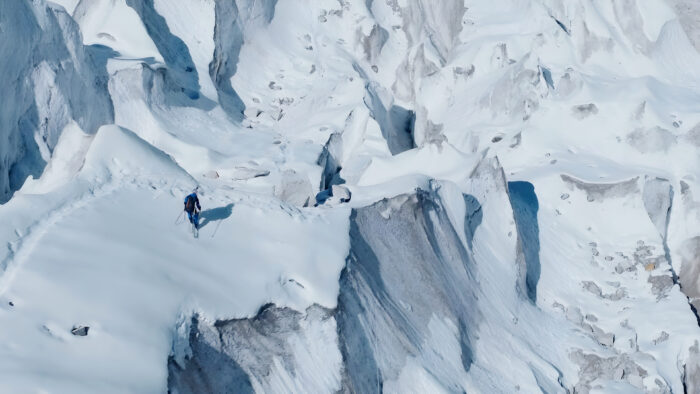
Andrzej Bargiel navigates the Khumbu Icefall. Photo: Bartek Bargiel/Red Bull Content Pool
“It’s a real shame to put on such a show so many years later…It ruins mountaineering, dilutes everything,” Kammerlander said about Bargiel’s expedition-style approach, which he deems “great, but has absolutely nothing to do with top-level mountaineering.”
Bargiel praised Kammerlander
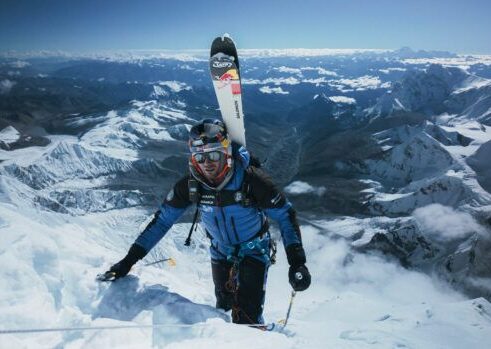
Andrzej Bargiel during the ascent. Photo: Bartek Bargiel/Redbull Content Pool
Kammerlander considers Bargiel’s K2 descent “brilliant,” so he was surprised to see Bargiel “selling himself.”
How about Karnicar?
Bargiel is not the first climber to do a complete ski descent of Everest. That was Davo Karnicar of Slovenia, although he briefly used oxygen. For Kammerlander, the use of gas leaves Karnicar out of the mix, even though the Slovenian also skied the entire way from summit to Base Camp, including the treacherous Khumbu Icefall in 4 hours, 40 minutes. And did it 25 years ago, long before drones were around to help.

Davo Karnicar on Everest. Photo: Davo Karnicar’s team
Kammerlander describes Bargiel’s feat as “pure carnival mountaineering,” just one of the many record pursuits on today’s Everest.
Facts, nuance, and transparency
For a purist like Kammerlander, climbing Everest with supplementary oxygen means a climber may summit but will have “not climbed the mountain.” Supplemental oxygen and Sherpa support do completely change the game on Everest. But both Bargiel and, even more recently, Jim Morrison did complete ski descents. Morrison used oxygen; Bargiel did not.
There is no international organization to decide on fine points in high-altitude mountaineering. However, a ski descent is usually considered complete only if done from the summit to the end of the snow at the base of the mountain.
Some might argue that Bargiel stepped out of his skis when he stopped for the night, although he started skiing again from the same point the following morning. Likewise, Jim Morrison rappelled down a vertical, rocky section on the lower part of the Hornbein Couloir — presumably with his skis on. Both these actions could lead to criticism.
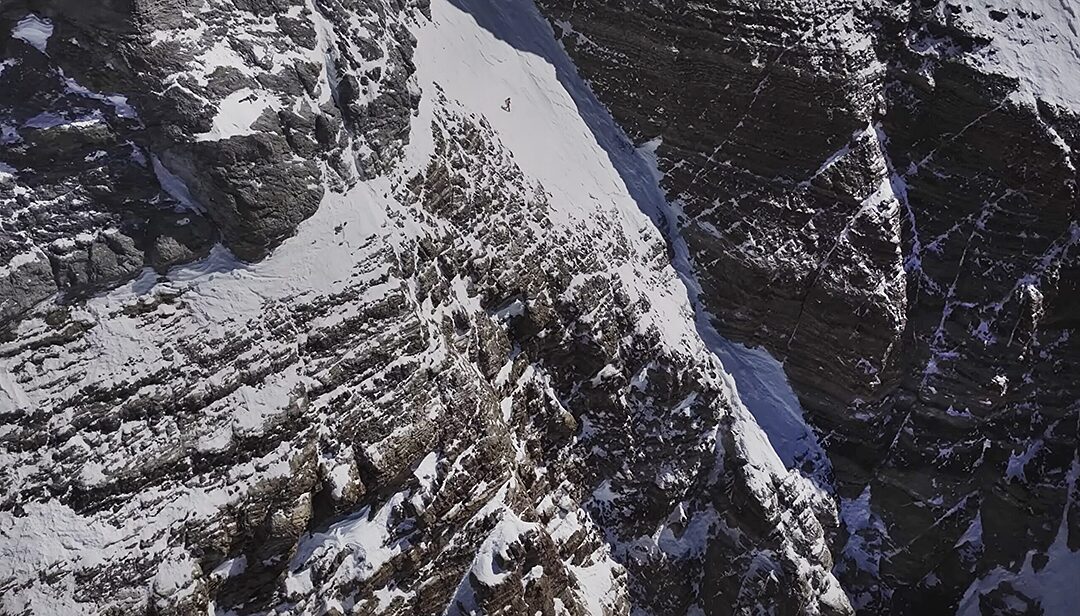
Jim Morrison skis the huge Hornbein Couloir on the North Face of Everest. Photo: Frame from the video shared by National Geographic on YouTube
However, Bargiel and Morrison were both transparent about these details and never hid that they had big support teams with them. They are also accurate when they speak of theirs as the first complete ski descents: Morrison on the North Side, and Bargiel on the South Side (and the entire mountain) without oxygen.
In various styles, others have attempted to carve down the slopes of Everest since Yuichiro Miura used a parachute to slow himself down in 1970. It is well to remember that, regarding style, first does not necessarily mean best.
